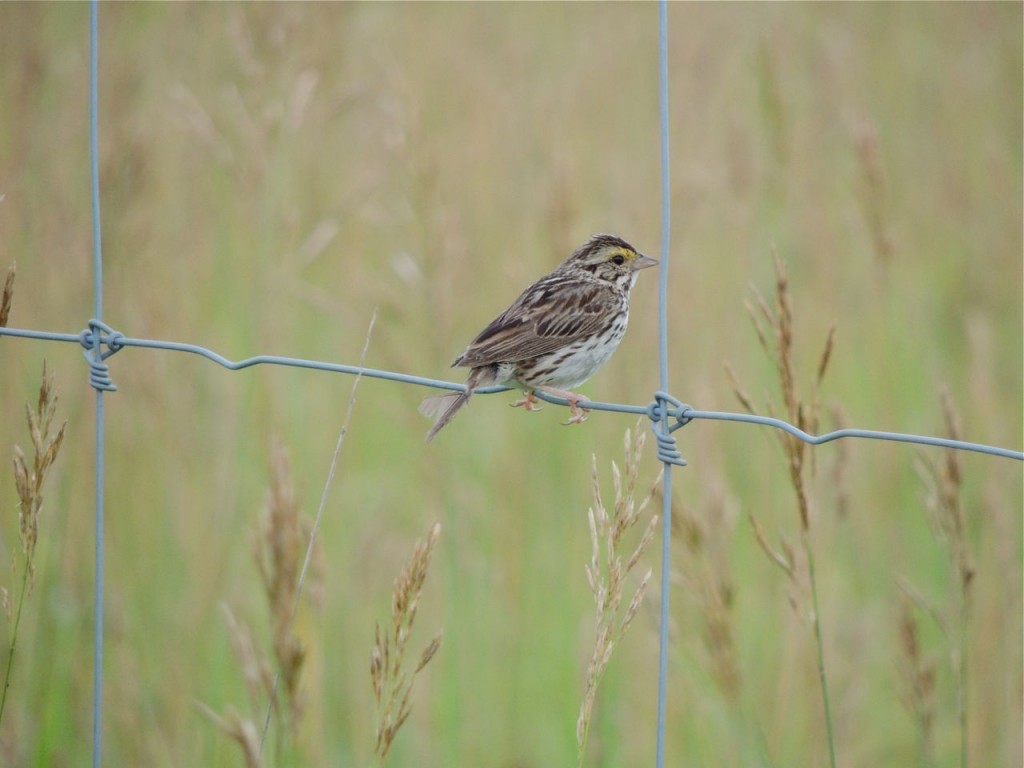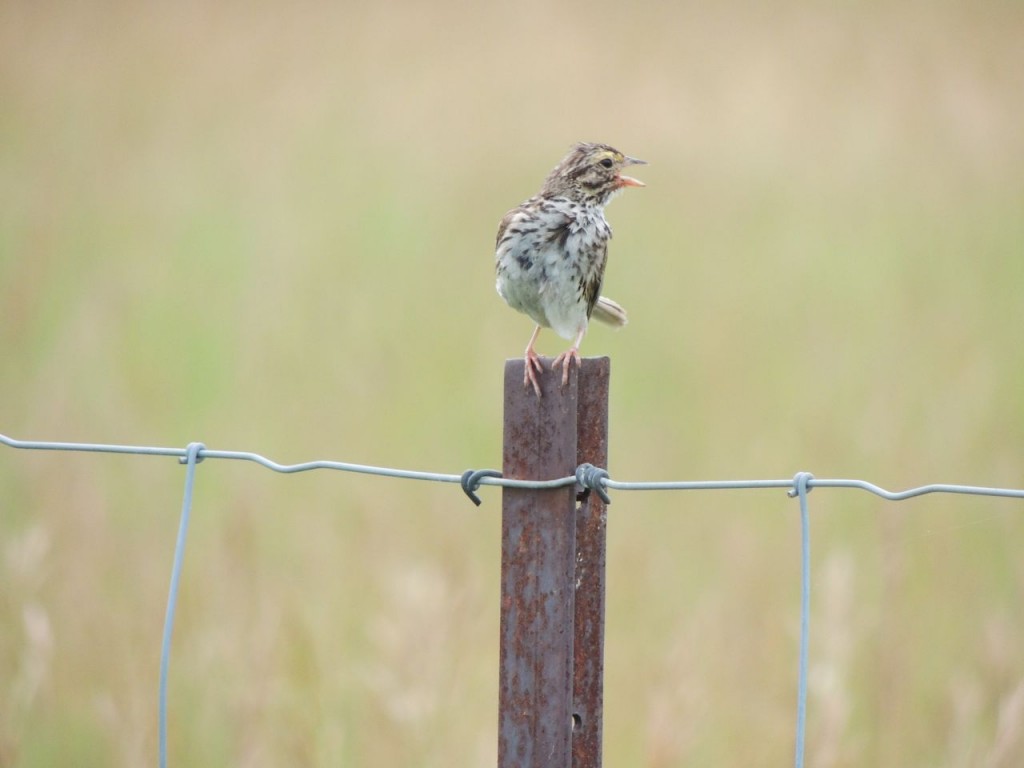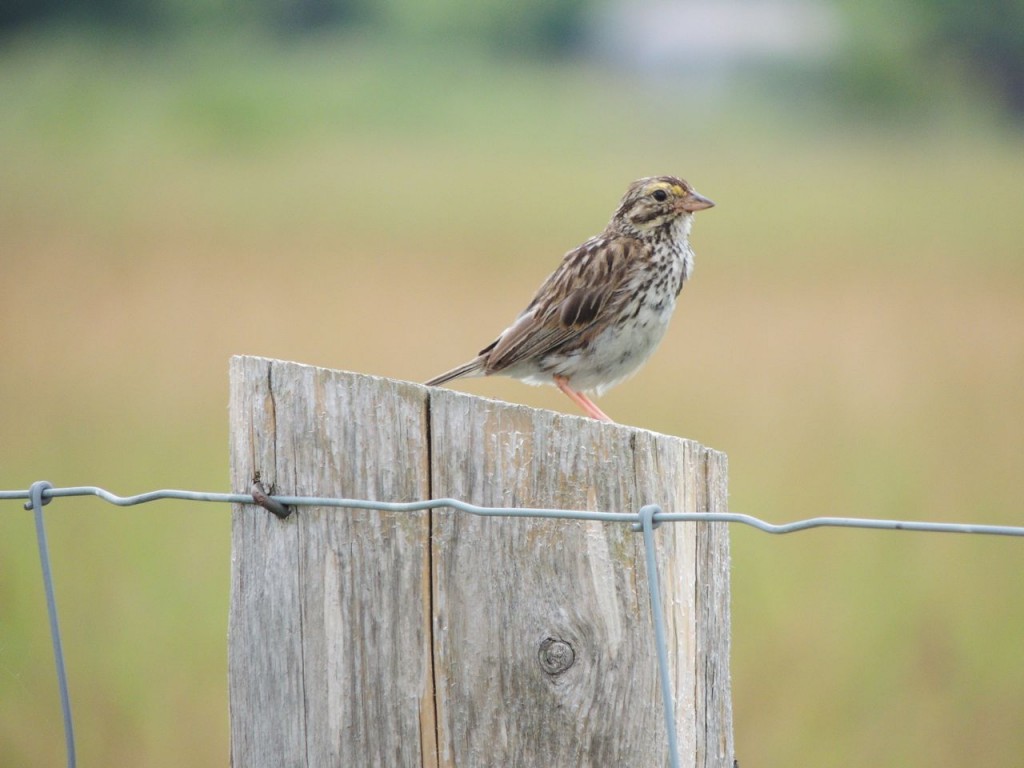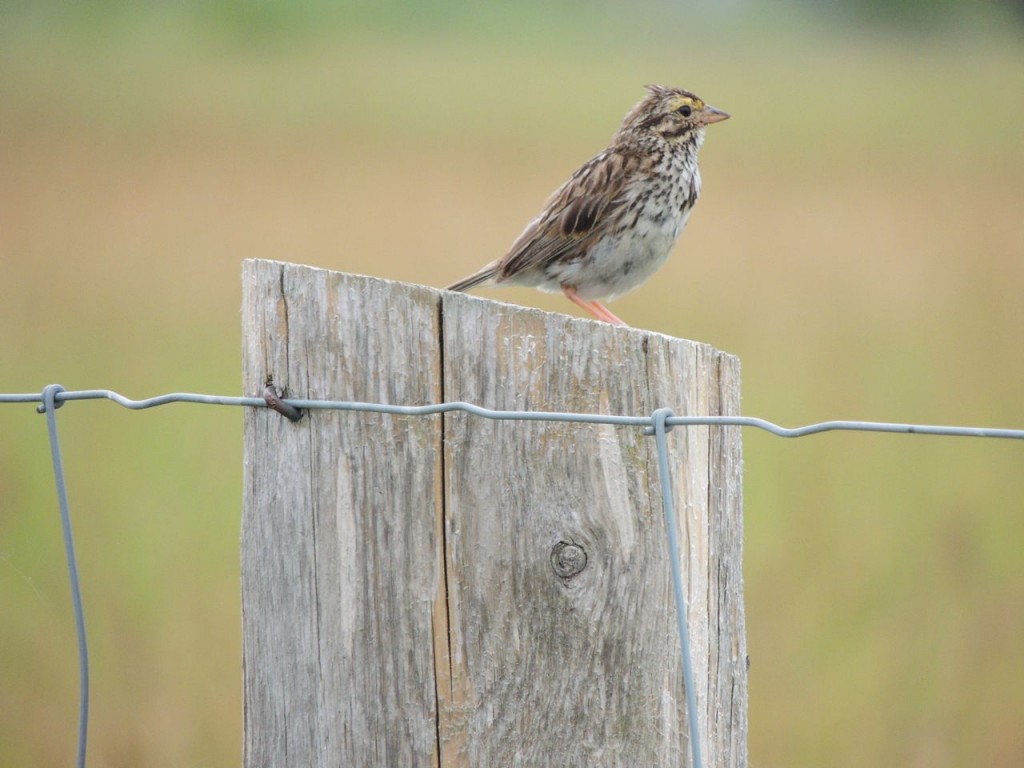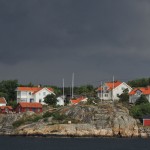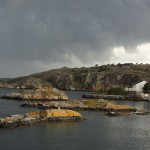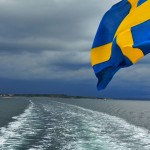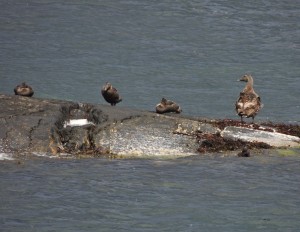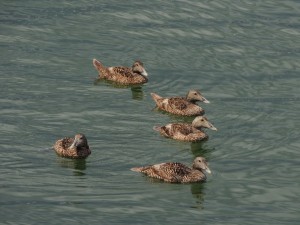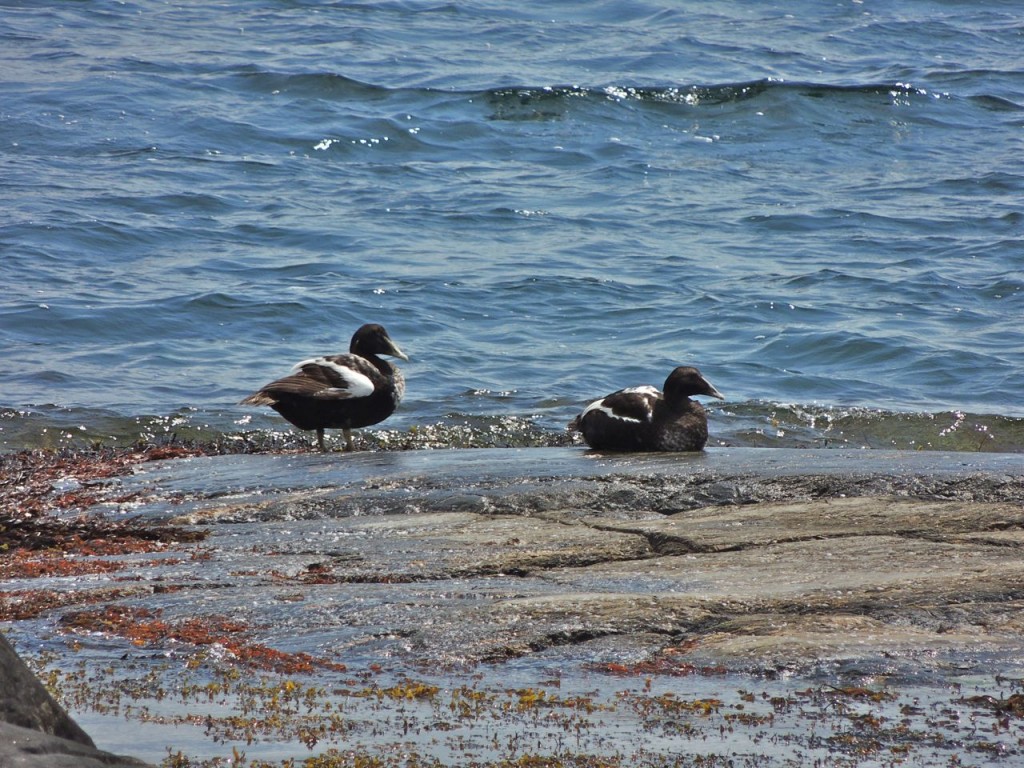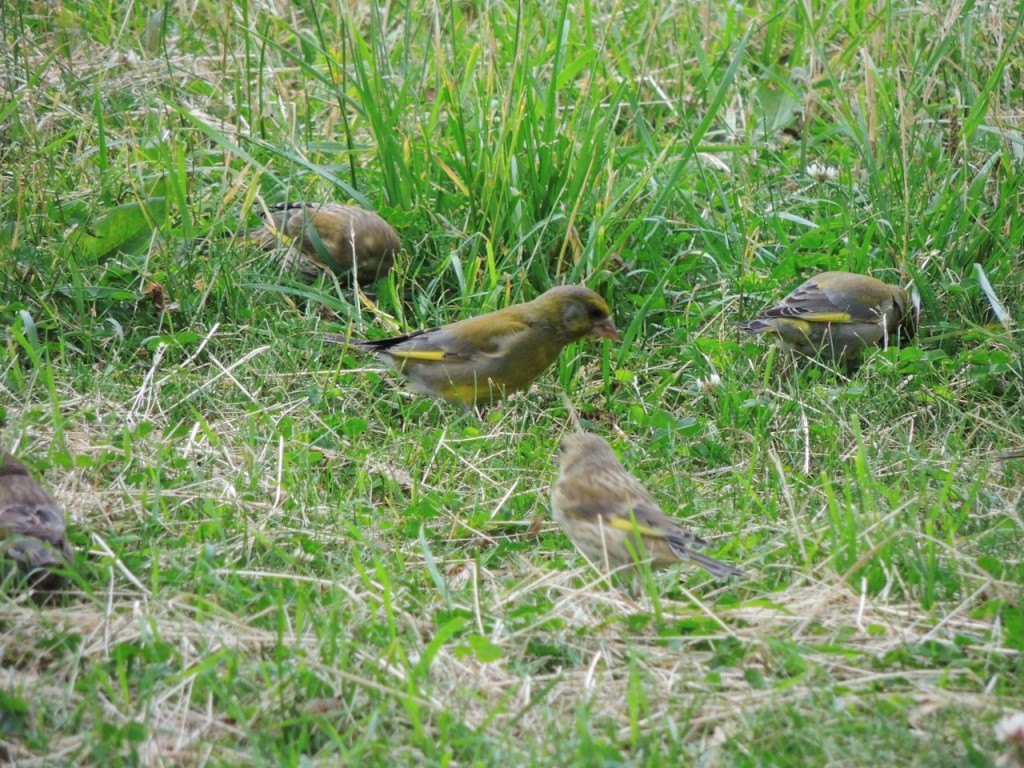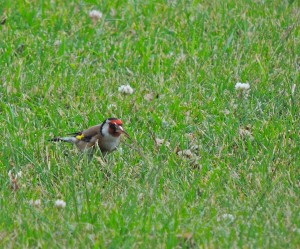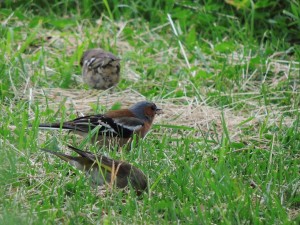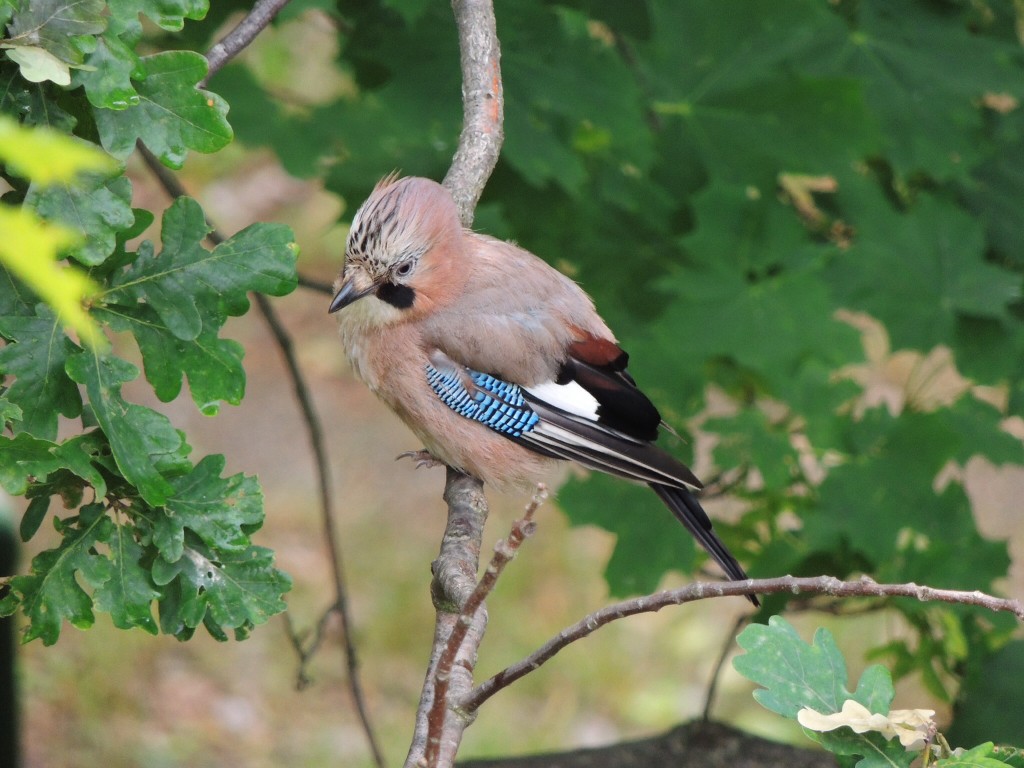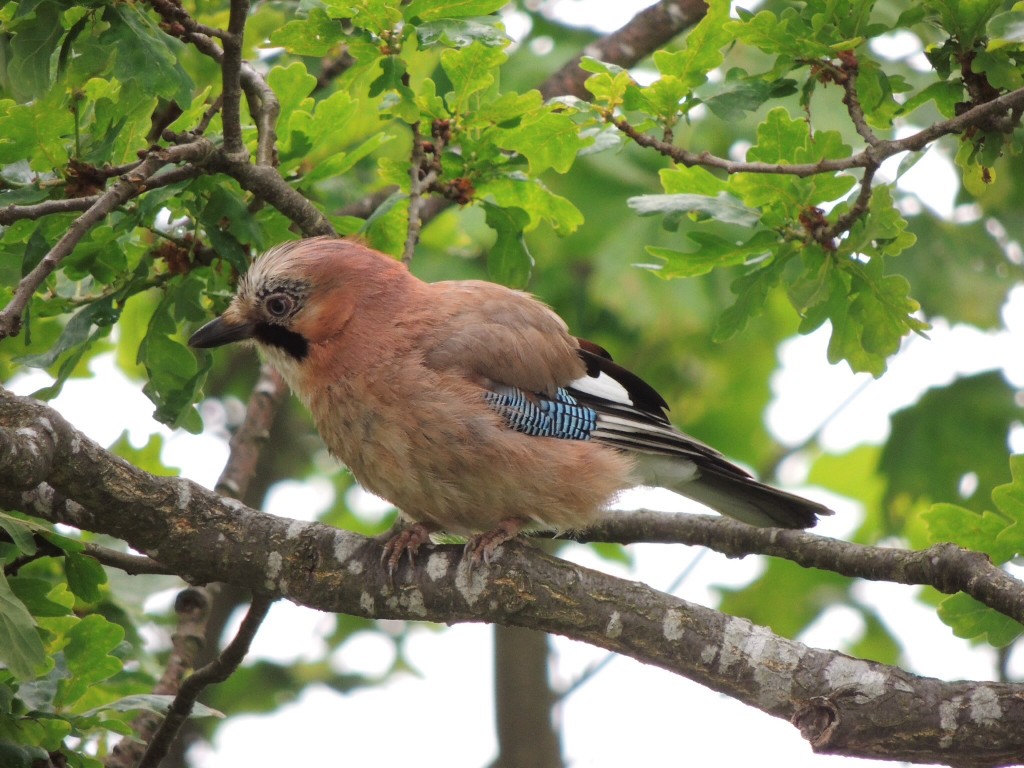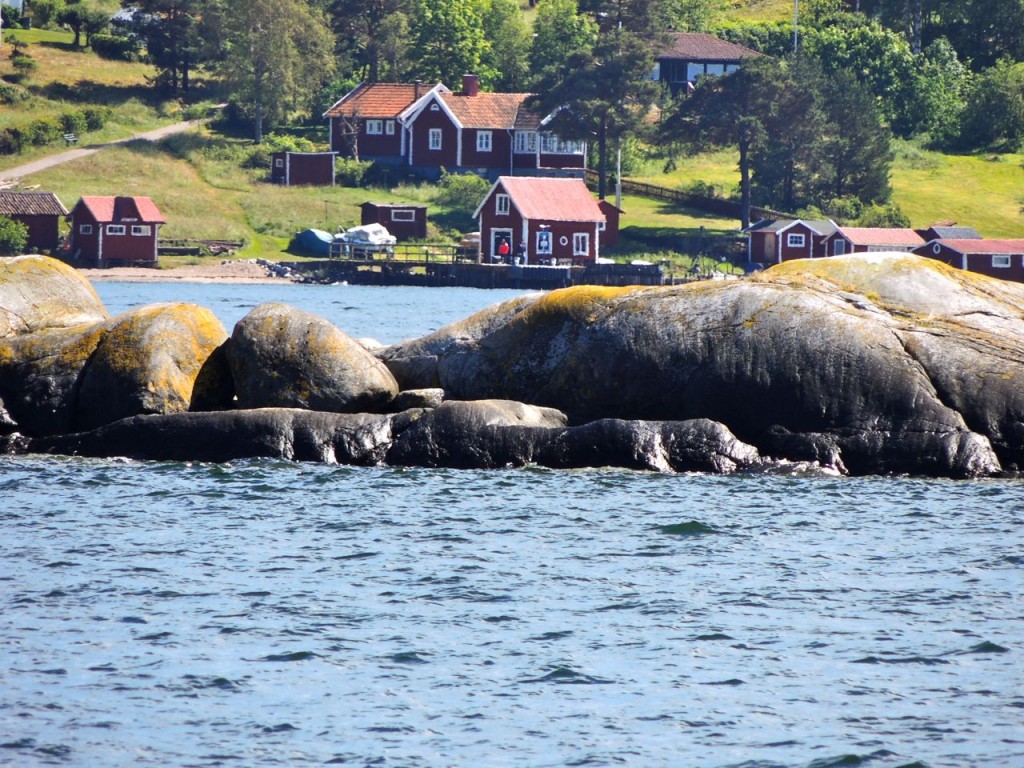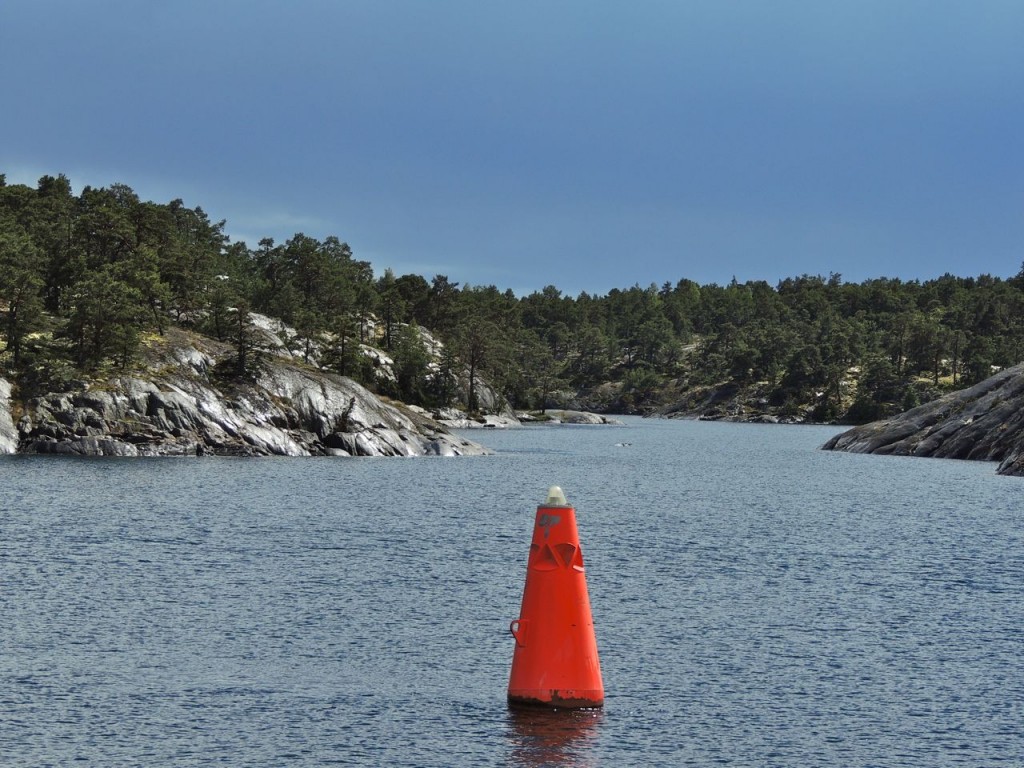July 10 2014. Flamborough, ON. High summer is a turning point for many birds. The next big event is the fall migration to wherever they spend the dark months. Parent birds, if not busy feeding and fattening their fledglings or working on a second brood, are moulting out of their spring finery back into their everyday work clothes. The gorgeous spring colours of male Rose-breasted Grosbeaks, Scarlet Tanagers and Bobolinks will be gone in a few weeks.
Today I made two stops between errands. The first at a usually productive marsh that has produced American Bitterns, Sora, Virginia Rails and Pileated Woodpeckers in the past, and later at a large un-mowed field full of Savannah Sparrows, Bobolinks and Eastern Meadowlarks.
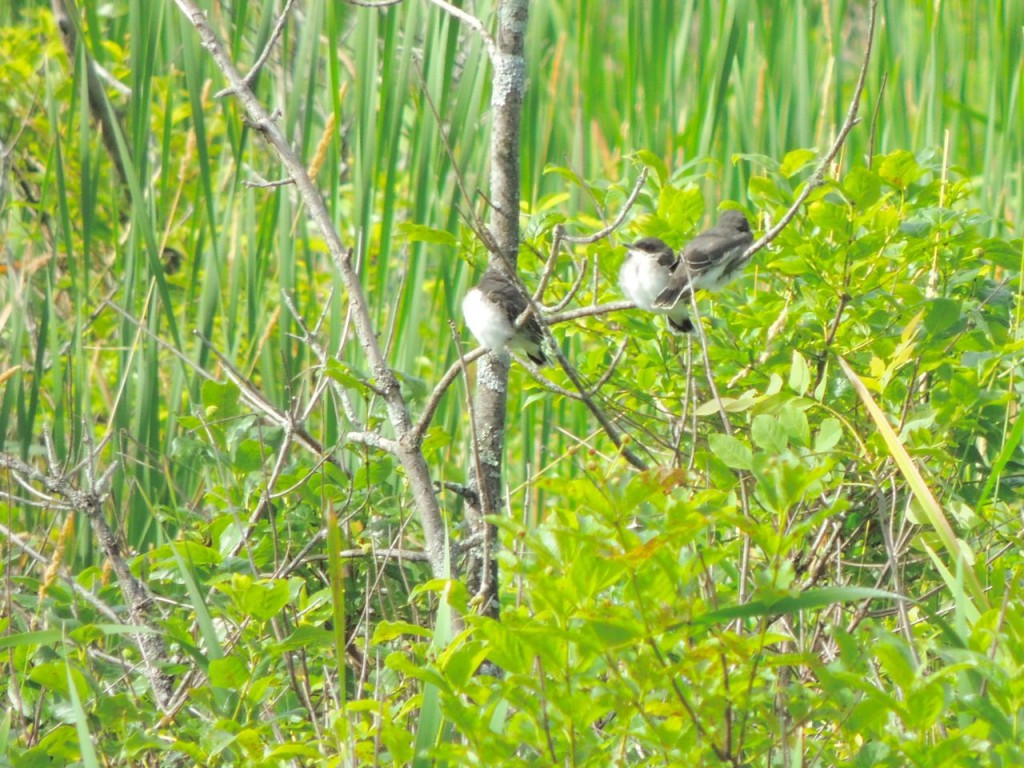
It was rather quiet at the marsh. The Cattails had grown up obscuring most of the formerly open expanses, but I could hear several Marsh Wrens chattering. A Pileated Woodpecker flew low overhead and settled on a dead tree that it obviously uses as a drumming post. I was delighted by the sight of this group of young Eastern Kingbirds sitting and waiting for to be fed. They were quite a distance away but I’d guess that they have only been out of the nest for less than a week; clearly they are still very dependent for food on their parents. It’s a tough job making a living as a flycatcher (which Kingbirds are); it’s all about being fast and accurate on the wing to capture the few calories in an insect.
Along the fence-line of the grass field I found a Grasshopper Sparrow and many Savannah Sparrows. Many of the Savannahs looked really shabby, almost scrawny; I suspect they were moulting adults. Moult is a complex business to understand (and I don’t very well). All birds do it; if nothing else they have to replace worn feathers, and of course, as spring approaches, many males moult into showy breeding plumage and afterwards back out into what’s termed ‘basic’ plumage. The sequence and timing of feather loss and replacement varies from species to species; sometimes they go through a complete moult right after breeding and sometimes it’s a partial moult, started after breeding and completed after migration. I think the Savannah Sparrows below are part way through a complete post-breeding moult. (But I’ll be happy to corrected).
